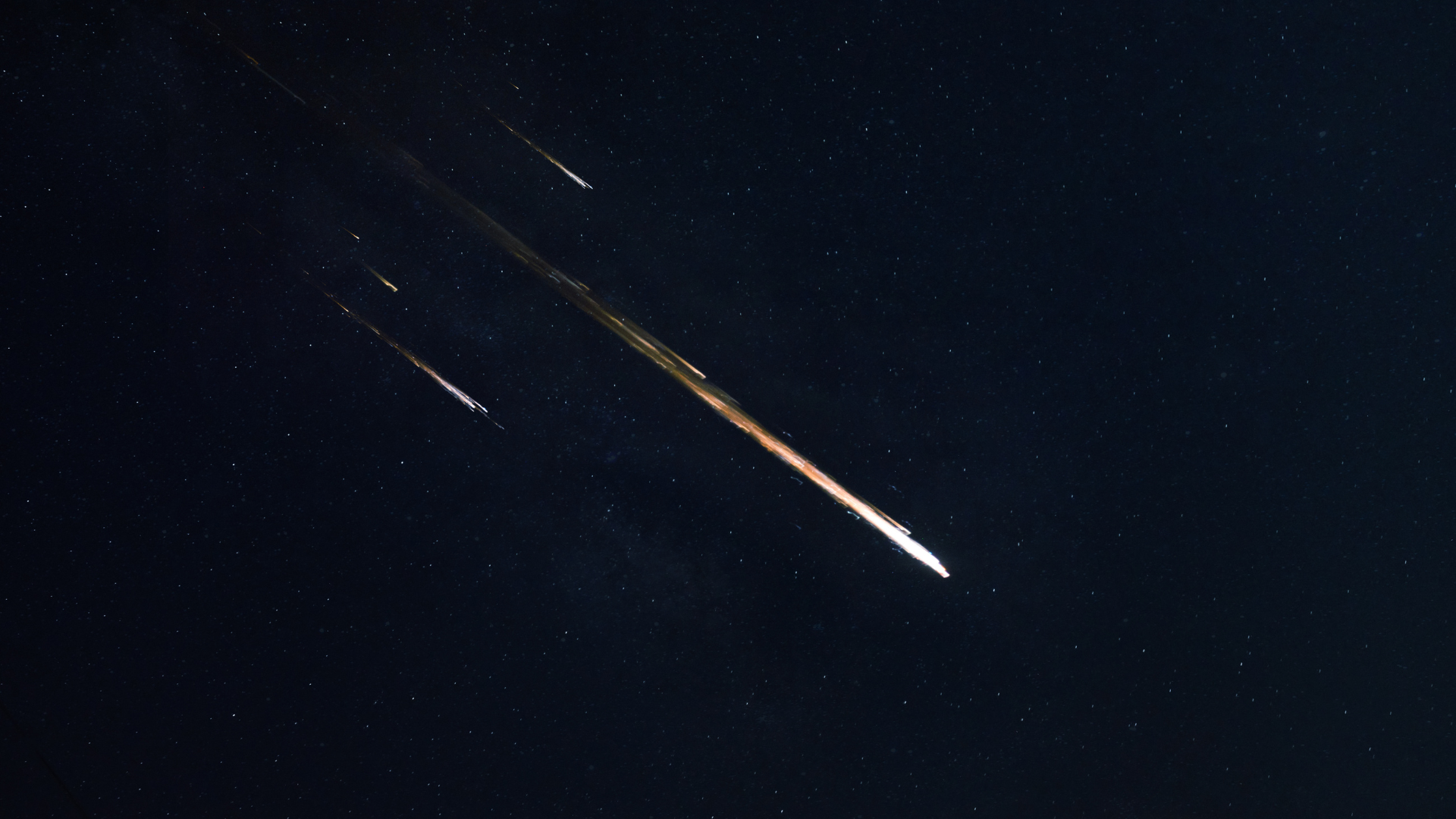For thousands of years, the Leonids were seen as a sign that the harvest would be plentiful, and that winter would be mild. The Native Americans believed that the Leonids brought warm weather, while the Chinese saw them as a sign of good luck.
The Leonids meteor shower occurs every November. Its name comes from the constellation Leo, meaning lion, which is where the meteors appear to radiate from in the night sky.

The Leonids is one of the most prolific meteor showers, with rates of up to 100 meteors per hour. However, it is also one of the most unpredictable showers, with peak activity sometimes lasting for only a few hours.
The Leonids is caused by debris from Comet Temple-Tuttle, which passes close to Earth every 33 years. As the comet approaches, its dust and ice are heated by the sun and shed into space. This debris then collides with Earth’s atmosphere, causing the meteors that we see streaking across the sky.
The best place to view the Leonids is in an area away from city lights, so that the night sky can be seen unobstructed.






